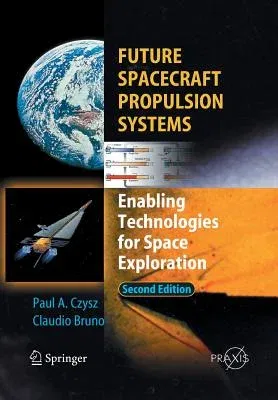Claudio Bruno
(Author)Future Spacecraft Propulsion Systems: Enabling Technologies for Space Exploration (2009)Paperback - 2009, 18 November 2010

Qty
1
Turbo
Ships in 2 - 3 days
In Stock
Free Delivery
Cash on Delivery
15 Days
Free Returns
Secure Checkout

Part of Series
Springer Praxis Books / Astronautical Engineering
Part of Series
Springer Praxis Books / Astronautical Engineering Springer P
Part of Series
Springer Praxis Books
Part of Series
Astronautical Engineering
Print Length
560 pages
Language
English
Publisher
Springer
Date Published
18 Nov 2010
ISBN-10
3642100244
ISBN-13
9783642100246
Description
Product Details
Authors:
Book Edition:
2009
Book Format:
Paperback
Country of Origin:
NL
Date Published:
18 November 2010
Dimensions:
24.41 x
16.99 x
3 cm
ISBN-10:
3642100244
ISBN-13:
9783642100246
Language:
English
Location:
Berlin, Heidelberg
Pages:
560
Publisher:
Series:
Weight:
916.26 gm